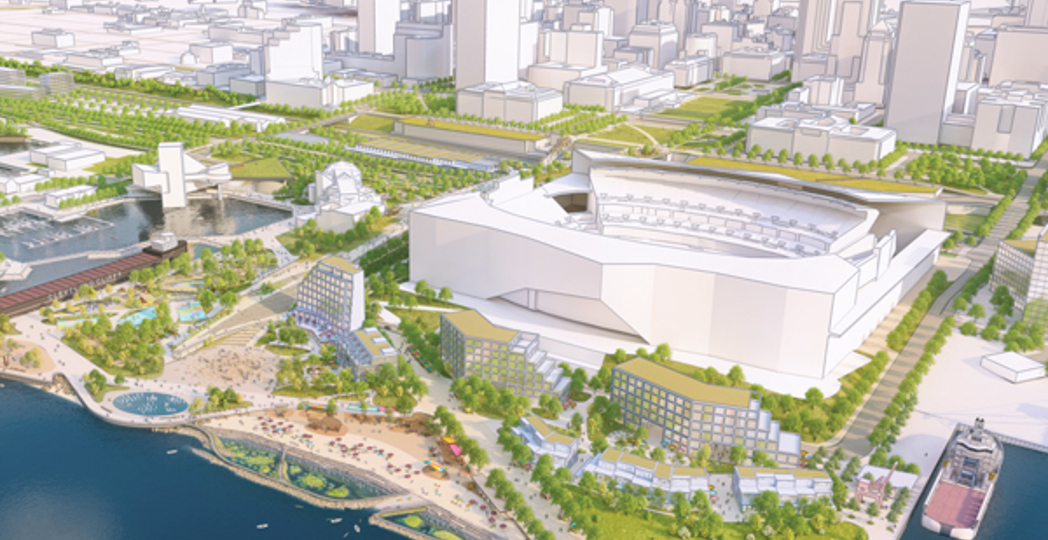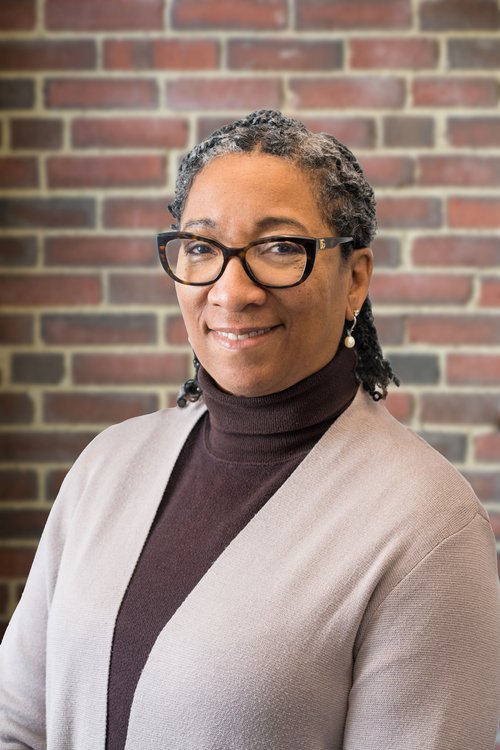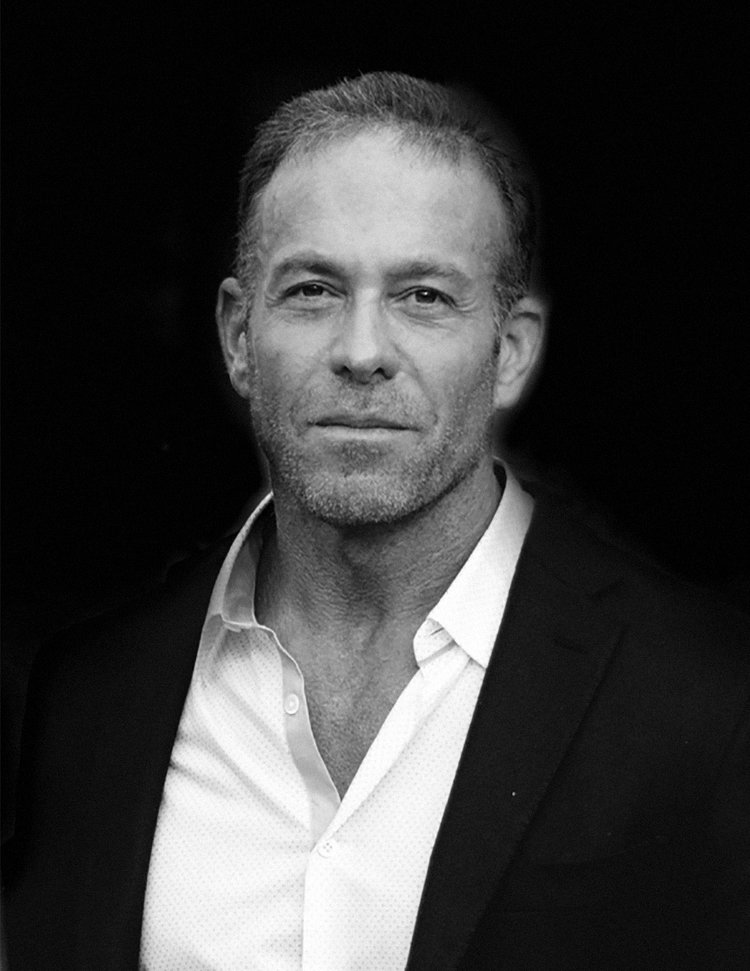Will Cleveland's Waterfronts Finally Be Transformed?
by Lee Fisher | Feb. 1, 2024 | 5:00 AM

Courtesy City of Cleveland and Field Operations
The secret sauce to Cleveland’s success can be summed up in just two words — collective impact.
It’s how our greatest physical assets — our waterfronts — will finally be transformed after 16 attempts over 121 years. Yes, 16! The 17th try will be the charm.
In a VUCA world — volatile, uncertain, complex and ambiguous — no single policy, government entity, business or organization alone can tackle or solve our biggest challenges. Even short-term partnerships are not enough.
Collective impact happens when there is a sustained commitment between all sectors — public, private and nonprofit — working together toward a common goal, with open, continuous communication and celebrations of progress along the way.
Cities thrive as places where people can easily interact and connect. Jane Jacobs, in the classic urban planning book, The Death and Life of Great American Cities, likened the art form of a city to “an intricate ballet in which the individual dancers and ensembles all have distinctive parts which miraculously reinforce each other and compose an orderly whole.”
We are seeing that intricate ballet unfold in Cleveland as we transform our two most distinctive physical assets — our waterfronts, the river and the lake.
Downtown Cleveland was carved out of a dense hardwood forest between the east bank of the Cuyahoga River and the south shore of Lake Erie. The ongoing transformation of the Cuyahoga Riverfront is critical to our city’s success, but it has been the Lake Erie Lakefront, in particular, that has vexed us in ways no other city land has.
Lake Erie is one of the largest bodies of fresh water in the world that western U.S. cities would die to have as part of their urban landscape. But Cleveland’s downtown has been separated from Lake Erie by a 65-foot drop in elevation, a fast-moving Shoreway (I call it the “In-the-Way-of-the-Shore-Way”), the underutilized, massive 450-acre Burke Lakefront Airport, and a wasteland of railroad lines and parking lots. Over 90% of the 30-mile Lake Erie shoreline within Cuyahoga County is not publicly accessible.
For more than a century, there has been no shortage of planning to leverage this distinctive asset. Since 1903, when Cleveland's first urban plans called for access to the Lake Erie shoreline, there have been 16 plans to develop the lakefront. Much like our beloved Cleveland Browns, the watchword for lakefront development has always been “maybe next year.”
But this 17th attempt feels different thanks to a long-term strategic cross-sector coalition led by Cleveland Mayor Justin Bibb and Cuyahoga County Executive Chris Ronayne.
The North Coast Master Plan is the guiding vision for Cleveland’s lakefront transformation in partnership not only with community and business powerhouses like the Greater Cleveland Partnership (GCP), Downtown Cleveland Alliance, Destination Cleveland and the Cleveland Metroparks but also with the grassroots strategy organization, Third Space Action Lab, which is reaching out to neighborhoods and populations that historically have been ignored in the planning process and putting Cleveland residents’ voices at the center of the design process. As Allison Lukacsy-Love of GCP notes, what make this process different is “it’s not planning for the community; it’s planning with the community.”
Components include a curved pedestrian and bicycle land bridge connecting downtown Cleveland’s Malls to the Lakefront, a combination of mixed-use development and publicly accessible park space, a multi-modal transportation center, an event plaza, an outdoor amphitheater with sunset views and a nearly 10,000-square-foot splash pad, convertible for ice skating and winter hockey. Joyce Huang, director of the Cleveland City Planning Commission, has noted the plan also calls for creating “front porches,” spaces to experience and view the waterfront in small, intimate gatherings.
Make no mistake. This is a long-term, 10-year project, but the most meaningful motivator of success is the ability to see progress. It’s called the “progress principle.” With progress comes forward momentum, and with momentum comes investment. As long as Clevelanders see progress through a series of short-term successes and small wins along the way, the 17th time will be the charm.
For the first time in my memory, we are all rowing and sailing in the same direction by developing a “core to shore” plan that will make our waterfronts the centerpieces of our new urban fabric.
Trending
-
1
-
2
-
3
-
4
-
5










